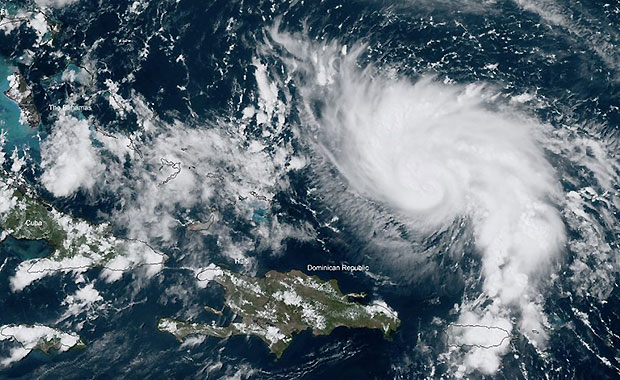As Hurricane Dorian left North Carolina, Disaster Ministries started the process of assessing damage and beginning recovery efforts. The Disaster Ministries staff and Early Response Teams are ready to begin working in the affected areas.
Many want to know how they can help right now. We are currently in what is known as the “Rescue” phase of a storm. The Rescue phase incorporates the time for first responders to do what they do best. Among other emergency response activities, public responders work towards the preservation of life and property. While we are not first responders, the Conference Disaster Ministries monitors, assesses, and possibly stages equipment or response during this phase.
Here is some information about how you can help in these early stages:
Giving
Support disaster relief efforts right now by giving to the Youth Storm Fund or to the United Methodist Church Committee on Relief (UMCOR).
Give to UMCOR
As the humanitarian relief and development arm of The United Methodist Church, UMCOR assists United Methodists and churches to become involved globally in direct ministry to persons in need. Give to one of these areas:
Any gifts given will be used 100% for disaster relief.
Early Response Trained (ERT) Teams
Please be ready to mobilize once you hear from your District Disaster Response Coordinator. Please remember that even with valid ERT credentials, we do not enter the affected areas until we are cleared and invited to go.
Disaster Ministries Call Center / Email
Please share the Call Center phone number (888-440-9167) and email (disaster@nccumc.org) with persons and organizations in your area. Also, consider volunteering at the Call Center in Garner, NC. You will receive training on how to process calls. We are especially in need of volunteers who are bilingual (English/Spanish). Contact Ann Huffman at 888-440-9167 to volunteer.
Continue to watch our website and Facebook page for more updates as new information becomes available. Most of all, continue to pray for those who have been affected by Dorian’s devastation.
*Photo Credit: NOAA Environmental Visualization Laboratory

